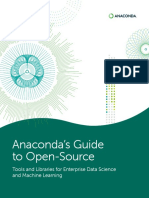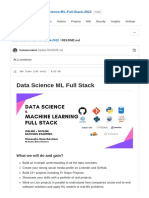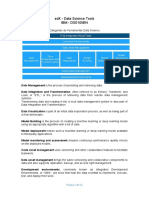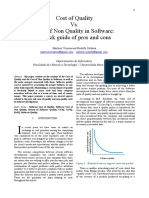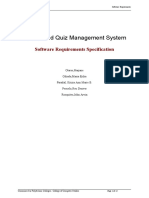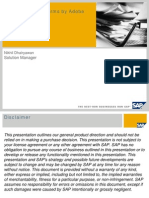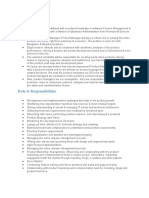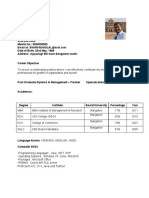0% found this document useful (0 votes)
3 views12 pagesUnit 2 Data Science
The document outlines various tools used in Data Science, categorized into programming, visualization, machine learning, big data, cloud, and deployment tools. Each category includes key features, popular tools, and use cases, emphasizing the importance of open-source tools like Jupyter and Google Colab for collaboration and efficiency. It also maps tools to the Data Science workflow stages, highlighting their specific applications in data collection, cleaning, modeling, and deployment.
Uploaded by
yogendrabaghele00Copyright
© © All Rights Reserved
We take content rights seriously. If you suspect this is your content, claim it here.
Available Formats
Download as PDF, TXT or read online on Scribd
0% found this document useful (0 votes)
3 views12 pagesUnit 2 Data Science
The document outlines various tools used in Data Science, categorized into programming, visualization, machine learning, big data, cloud, and deployment tools. Each category includes key features, popular tools, and use cases, emphasizing the importance of open-source tools like Jupyter and Google Colab for collaboration and efficiency. It also maps tools to the Data Science workflow stages, highlighting their specific applications in data collection, cleaning, modeling, and deployment.
Uploaded by
yogendrabaghele00Copyright
© © All Rights Reserved
We take content rights seriously. If you suspect this is your content, claim it here.
Available Formats
Download as PDF, TXT or read online on Scribd
/ 12














